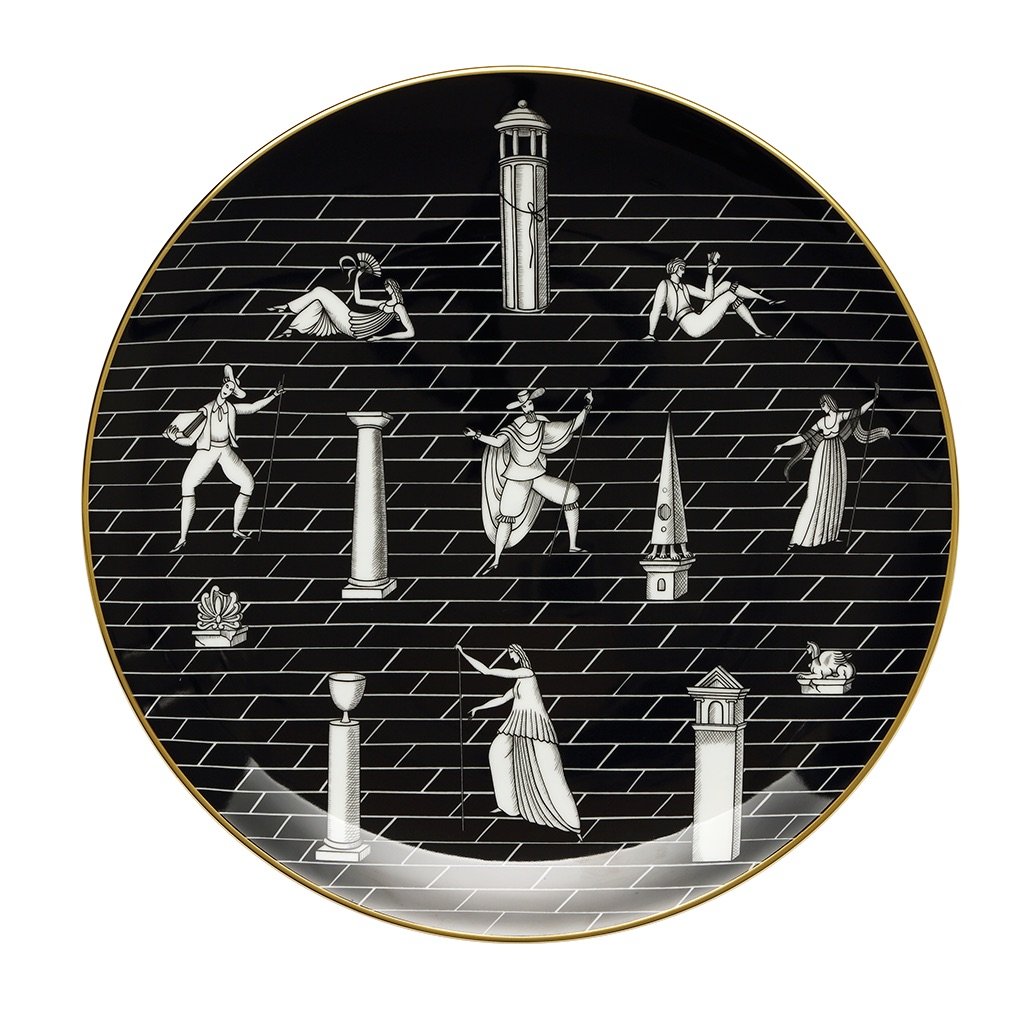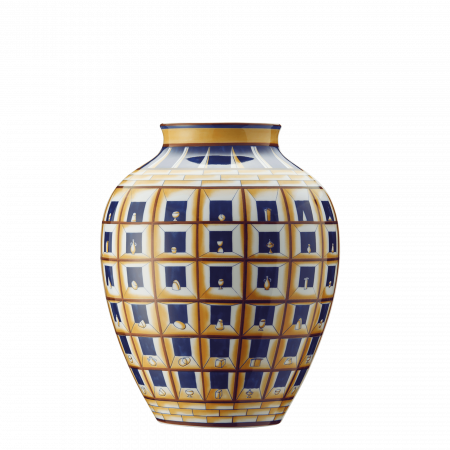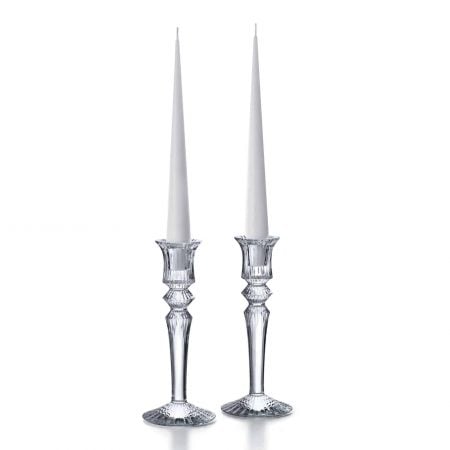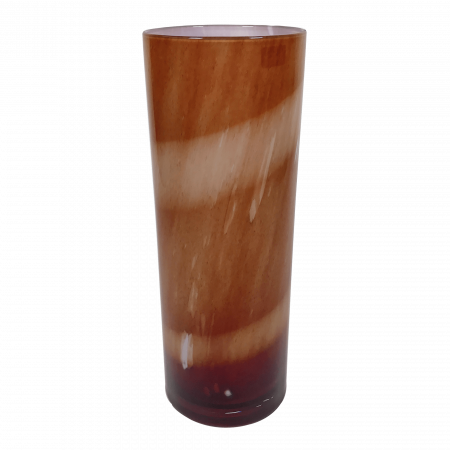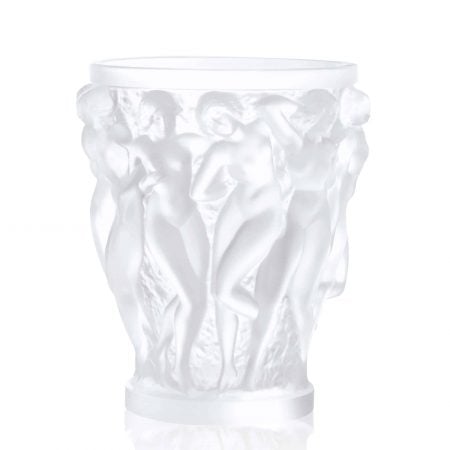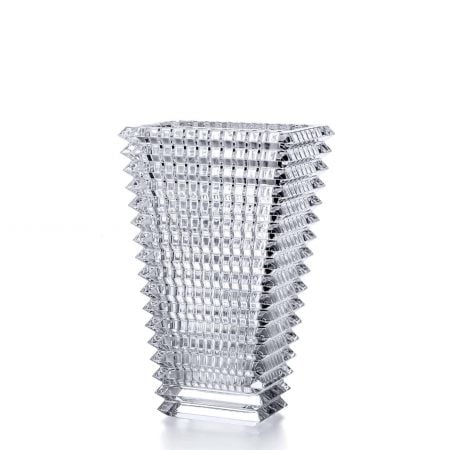RICHARD GINORI PIATTO GIO PONTI, ARCHAEOLOGICAL WALK
SKU: 020RG00 FPT000010330G00122600RICHARD GINORI PIATTO GIO PONTI, ARCHAEOLOGICAL WALK
ART BY GIO PONTI
Archaeological walk black background, plate 33 cm
Object for decorative use, not suitable for food contact
Available product
Available product
Contact us for the purchaseYou must have an account to manage your gift list
Log in or register
RICHARD GINORI PIATTO GIO PONTI, ARCHAEOLOGICAL WALK
ART BY GIO PONTI
Archaeological walk black background, plate 33 cm
Object for decorative use, not suitable for food contact
In this decoration, the architect Gio Ponti recovers the classical inspiration of the manufacture, which evokes the eighteenth-century taste of the Grand Tour travellers, but presumably also refers to the route, inaugurated in 1918, at the excavations in Rome and indicated as the Archaeological Walk. The illustration, à pendant with La Conversazione classica, debuted at the 1923 Monza Biennial, but it was not until 1924 that it was destined for plate decoration. The decoration, which combines with the contemporary Attività gentili, shows figures that find their spatial dimension thanks to the perspective given by the tiled floor on which they move. They are symmetrically arranged in intervals, punctuated by architectural elements, which are reminiscent of ancient art and clarify the name. Today, the Manifattura Richard Ginori offers this decoration in both the variants designed by Ponti, with a white background and a black background, and they are still made using the decal technique, which is applied in a single operation. In particular, the example with the white background highlights the skill of the Manufacture, because it is composed of two decals that must be perfectly superimposed in order to create the gold highlights of both the dark blue silhouettes and the floor. After firing the decal, the gold threading is applied with a brush to both decors.
Richard-Ginori is a company founded in 1737 as the Manifattura di Doccia by Marquis Carlo Ginori in Doccia (Florence). It is world-famous for its porcelain, the production of which is still located in Sesto Fiorentino, despite the merger with the industrial group of the Milanese Augusto Richard, owner of other factories, which took place in 1896, hence the current name.
Of historical and artistic importance is the relative Richard-Ginori Museum of the Doccia Factory, adjacent to the current factory, which displays the production of the factory since its foundation.
On October 11, 1896, the Richard Ceramic Company merged with the Manifattura dei Marchesi Ginori: it united the Doccia factory and the six shops in Florence, Bologna, Turin, Rome and Naples. The famous Richard-Ginori ceramics company is born.
In the very same year of the merger he produces a commemorative service for the Casa Ricordi, immediately after the first performance of Puccini’s Bohème in February 1896.
Richard’s entry into Doccia introduces many mechanical innovations in the workshops and enhances lithographic decalcomania to reduce the heavy expense of hand decoration.
In the period 1923-1930 Gio Ponti works as art director at the Richard-Ginori Ceramic Manufactory, renewing its product range.

